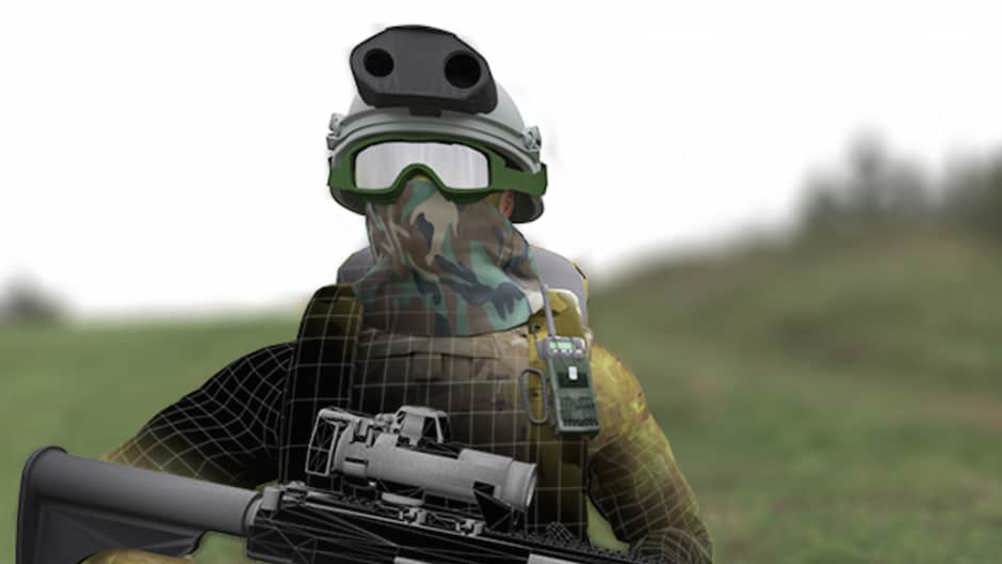UK engineers put warfare wearables to the test
UK engineers have successfully trialled a wearable sensor system for soldiers that they claim could improve situational awareness on the battlefield and help reduce the chances of accidental attacks on friendly forces.

Developed by a team from the Defence Science and Technology Laboratory (Dstl), Roke Manor Research, QinetiQ and Systems Engineering and Assessment (SEA) the so-called Dismounted Close Combat Sensors (DCCS) technology was designed to improve navigation and enable soldiers and commanders to share information more effectively.
Critically, though the system does make use of GPS it is able to continue to operate when there is no GPS signal, making it ideal for use in buildings or when entering areas where the GPS signal is being jammed.
It’s able to do this thanks to inertial and visual navigation sensors when GPS signals are not available. By taking the last known GPS location, DCCS combines information from visually tracked features captured by a helmet camera and inertial sensors, accurately calculating where an individual is, and allowing people to be tracked in buildings and tunnels.
The team behind the project claims that it could also help to prevent so-called ‘blue on blue’ incidents where friendly forces are mistaken for the enemy.
Register now to continue reading
Thanks for visiting The Engineer. You’ve now reached your monthly limit of news stories. Register for free to unlock unlimited access to all of our news coverage, as well as premium content including opinion, in-depth features and special reports.
Benefits of registering
-
In-depth insights and coverage of key emerging trends
-
Unrestricted access to special reports throughout the year
-
Daily technology news delivered straight to your inbox










UK car production falls in April
Might the ´combination of factors´ include, in the face of stagnant EV sales, manufacturers reducing ICE car production in order to avoid the £15,000...